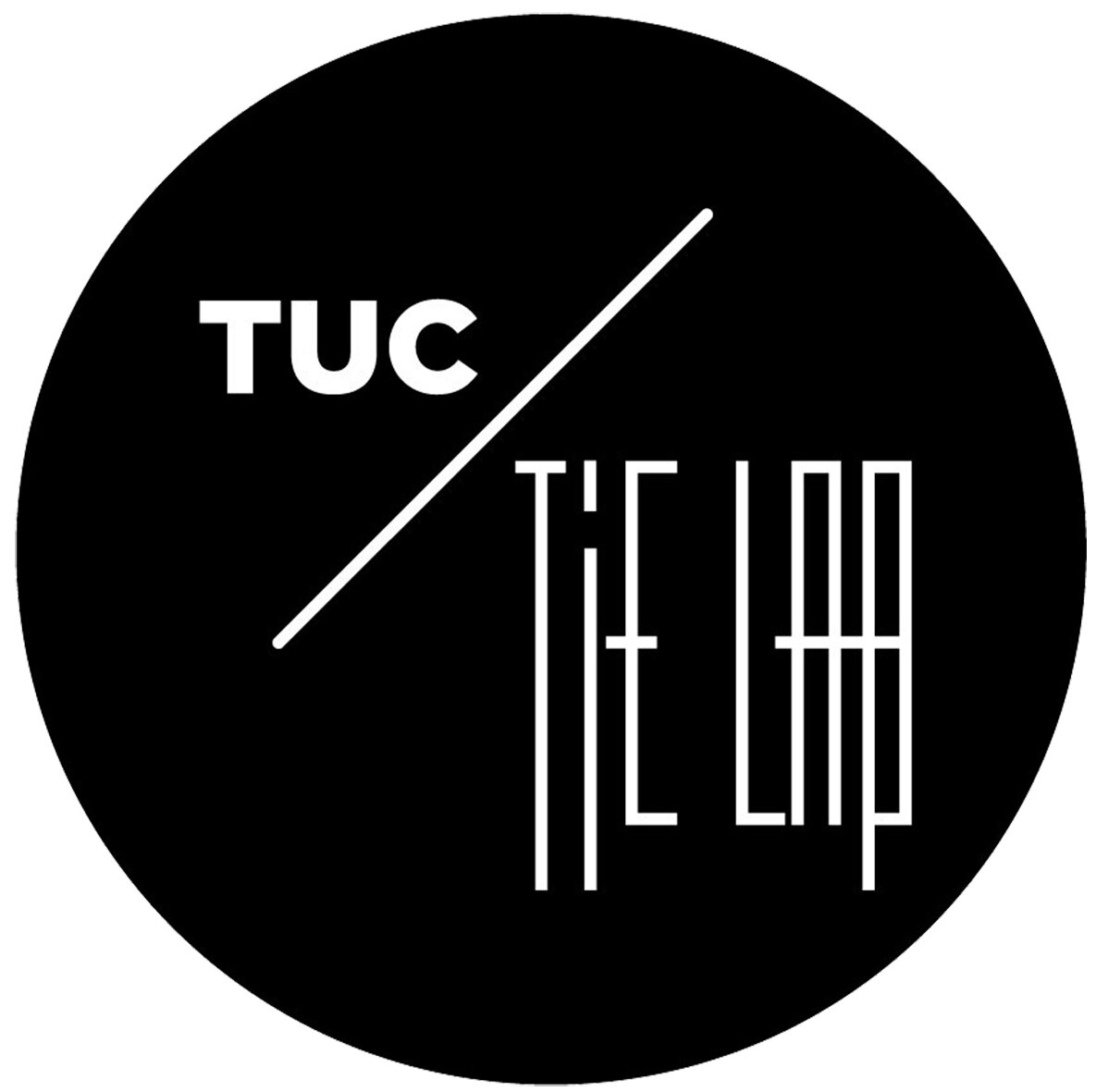TRANSFORMABLE
ARCHITECTURE
TUC TIE Lab Publications
CALL FOR PAPERS
About the archiDOCT e-journal
Architectural doctoral research produced by academic institutions is with architectur- al practice one of the main pillars of the generation of new architectural knowledge. However, this research record is dispersed and isolated in many centers, with limited communication among them, belonging to different research cultures, traditions and approaches without evident possibilities of generating a synthesis representing con- temporary architectural doctoral research. As a step towards the above objective, the European Network of Heads of Schools of Architecture, an EU funded Network within the framework of the Lifelong Learning Programme, initiated the archiDOCT e-journal, linked to and complementary with the ENHSA Observatory.
archiDOCT is a peer-reviewed e-journal aiming at fostering, enhancing and promoting doctoral research in architecture. The first point that underlines the originality of this endeavour is that the authors of the essays published are doctoral students in architecture. The second point that underlines this originality is that the journal is a mentoring, educational tool that aims at improving the writing skills of the authors as this will be advised by the peer reviewers towards academically coherent and rigorous writings.
Within this framework, the Editorial Board would like to invite contributions from doc- toral students in the general field of architecture including but not limited to research topics in architectural design, building technology, computation, history, theory, art, product design, conservation, landscape design, environmental design, urbanism, regional planning, town planning. In order for an article submission to be considered for publication, the student must be a registered and active member of the ENHSA Observatory, a PhD research portal created to facilitate communication and meaningful information exchange between Architecture Doctoral students in Europe. Each issue will also include one essay by a member of the Scientific Committee or other eminent academic as a good practice example.
Transformable Architecture: Call for Papers
Guest Editors: Konstantinos-Alketas Oungrinis and Marianthi Liapi
The 7th issue of the archiDOCT e-journal welcomes papers that explore the field of transformable architecture. The scope of the upcoming issue is to highlight doctoral research work that deals with the design and implementation of spatial kinetic systems and configurations, brings forward the parametric relationship between space, time and human activity, addresses the challenges in developing real-time animated buildings that respond to environmental changes as well as to diversifying human needs and wishes, and strengthens the connections between design innovation, nature, science and art.
The issue wishes to engage authors with the definitions and perceptions of ‘transformability’ through different lenses of the contemporary contemplation on architecture (philosophy, the humanities, biology, arts, environmental sciences, cybernetics, computation, nanotechnology, artificial intelligence), and stimulate whilst sharing the need for creating a human-centered dynamic environment. In re-thinking the human within a technologically enhanced surrounding, one cannot neglect the cognitive ergonomics and the psycho-social parameters and implications associated with an inertia defying artificial environment.
‘Kinetic’, ‘portable’, ‘flexible’, ‘adaptable’ and ‘mobile’, are all keywords that enhance the ‘transformability’ spectrum and help create a richer outcome. Suggested areas to explore the application of transformable structures and concepts include, but are not limited to: extreme environments, living environments, working environments, learning environments, cultural environments and health environments. Moreover, beyond the possible stochastic investigation of ‘transformability’ as a diachronic question of architectural thought and creation, this archiDOCT issue invites doctoral research efforts focusing upon the fields of kinetic engineering (mechanisms), embedded computation (software and sensor-actuator systems) and design for adaptive solutions (smart materials and assemblies), addressing issues that span from multi-use interior adaptability to complete structural transformability and programmed responses to better accommodate temporal, functional and aesthetical spatial requirements.
Important dates
Submission deadline (full papers): 25 February 2016 (extended deadline)
Review period: 01 February - 31 March 2016
Revision period: 01 April - 31 May 2016
Publication date: 01 July 2016
Submission policy
archiDOCT is published two times a year, in July and January. The official language of the journal is English. Submitted manuscripts for review should not exceed 4500 words, including abstracts, references and image captions. The referring system is the Harvard System. Text should be saved in a Microsoft Word or RTF file, while the supporting visual material (images, diagrams, sketches, tables and so on) should be sent as TIFF files with a resolution of at least 300 dpi. All visual material should be clearly indicated and numbered in the text, along with the respective image captions and credits. Additionally, all manuscripts should be submitted in A4 ”camera-ready” .pdf format that gives an idea of how a finalized version looks like.
archidoct only accepts manuscripts from PhD students. In order for an article submission to be considered for publication, the student must be a registered and active member of the ENHSA Observatory.
Reviewing policy
The peer reviewers are all confirmed educators of architecture coming from different educational backgrounds, with different specialisations and expertise that share the com- mon interest of their doctoral students: to encourage them to publish their work while improving their thinking processes towards academic research writings. Each submitted article is reviewed by two members of the journal’s Scientific Committee anonymously.
Copyright policy
The archiDOCT journal is offered in a downloadable form for academic and research purposes only. All material published in each issue is, unless otherwise stated, the prop- erty of the authors of the respective articles.The reproduction of an article in whole is only allowed with the written consent of the author. Any reproduction of the material in parts, in any manner, should properly credit the copyright holder. A single copy of the materials available in each issue may be made for personal, noncommercial use.
For general enquiries please contact the Editorial Board at archidoct@enhsa.net
For enquires specifically addressed to the upcoming 7th ISSUE please contact tielab@isc.tuc.gr
You can download the Call for Papers here





